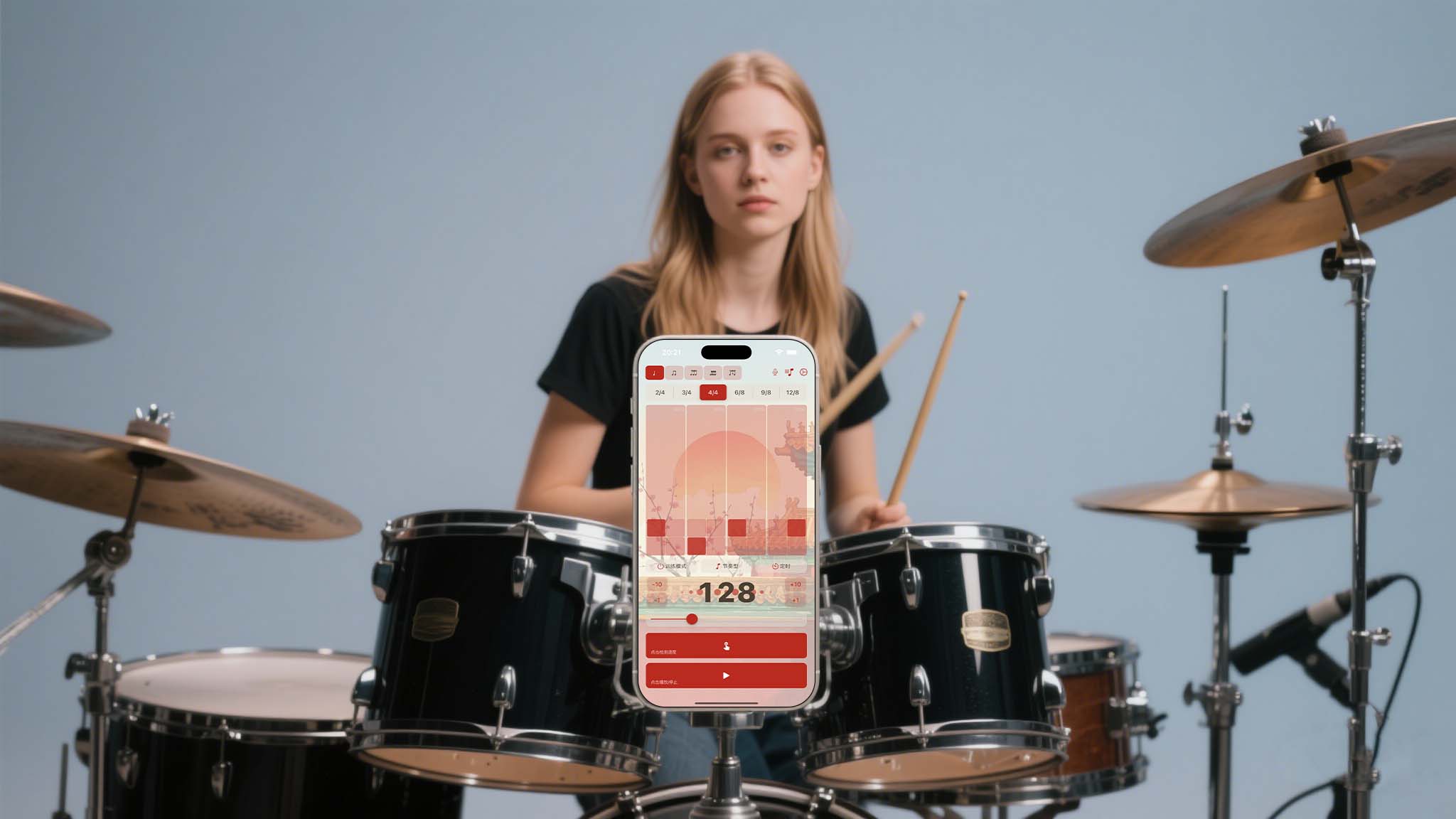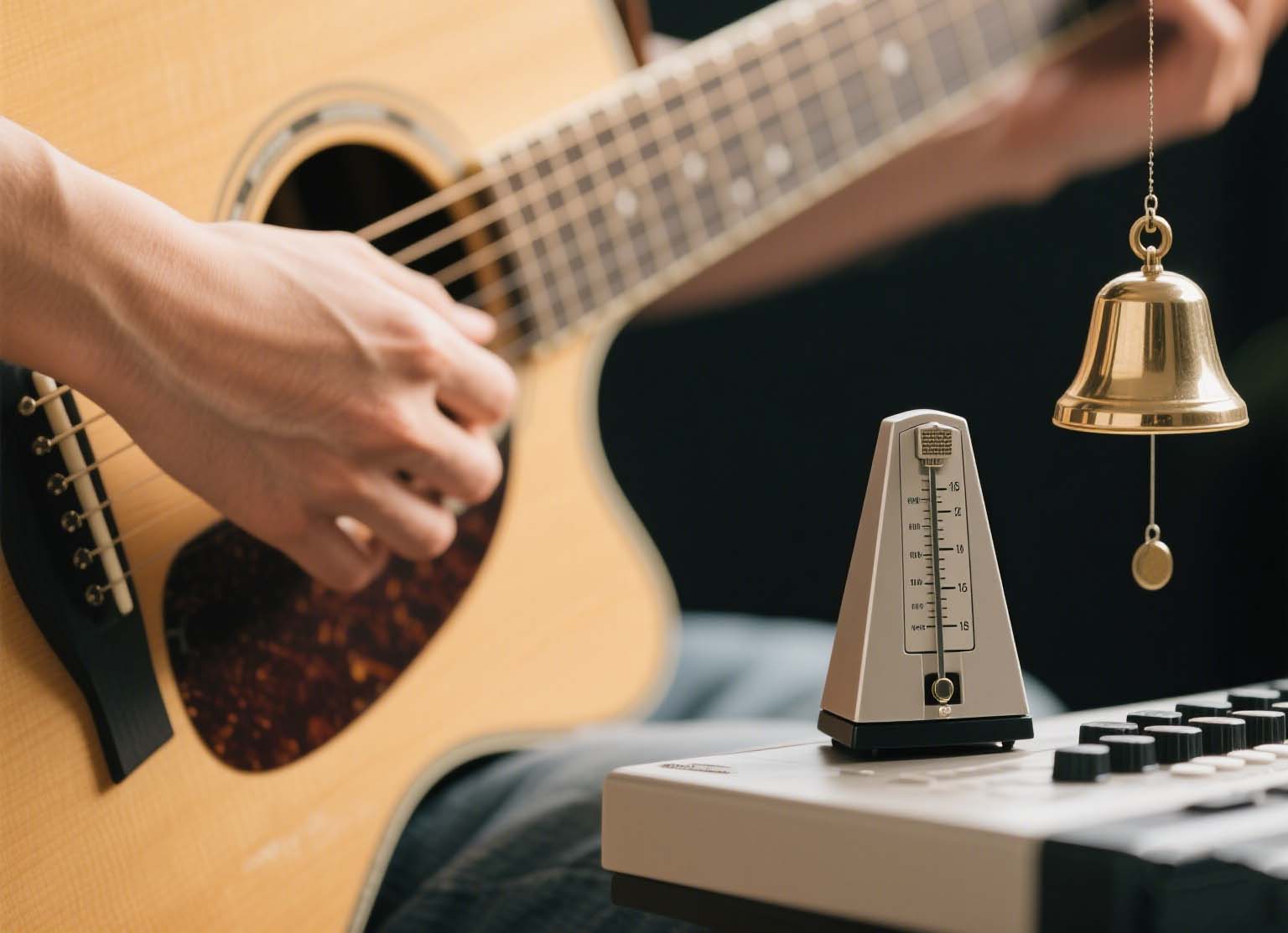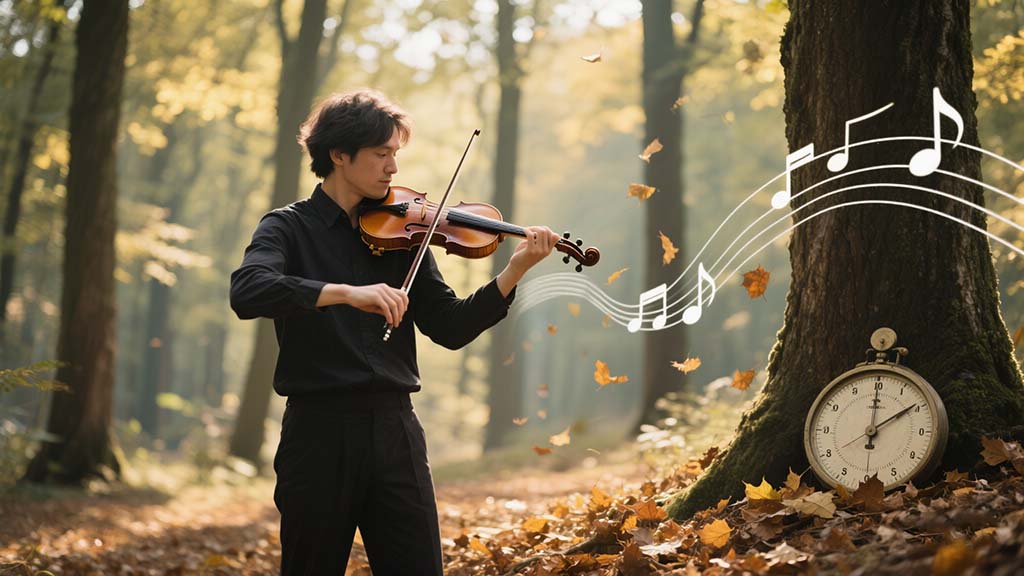I. Understanding Tempo Selection Principles
1. The Accuracy-Speed Relationship
The fundamental principle of effective practice is: accuracy first, speed later. Research from the field of motor learning shows that neural pathways are strengthened through correct repetition. When you practice at speeds that cause errors, you're actually reinforcing those mistakes. Begin at tempos where you can play with 95-100% accuracy, even if that means reducing to 30-40% of the target tempo for technically demanding passages.
2. The 10% Rule for Progression
Once you've mastered a passage at a given tempo (defined as playing it correctly 3-5 times in succession), increase by no more than 10% for your next practice session. This incremental approach respects the consolidation phase of skill acquisition, where your brain integrates new motor patterns during rest periods. For example, if you're comfortable at 60 BPM, your next target should be 66 BPM, not 80 BPM.
II. Skill Level Considerations
1. Beginner Tempo Guidelines
Beginners should prioritize developing proper technique and reading skills over speed. For standard exercises:
- Scale practice: 60-72 BPM (quarter notes)
- Basic repertoire: 25-40% below marked tempo
- Sight-reading: 40-50% of performance tempo
Beginners should spend 70% of their metronome practice time at these conservative tempos, focusing on tone production, correct fingering, and rhythmic precision.
2. Intermediate Player Strategies
Intermediate players can implement variable tempo practice: alternating between slow practice (for accuracy), target tempo (for familiarity), and slightly above target tempo (for technical headroom). A typical distribution might be:
- 40% of practice time at 70-80% of target tempo
- 40% at target tempo
- 20% at 110-120% of target tempo
This approach builds both technical security and performance confidence. For pieces with multiple movements, calibrate each section's tempo separately rather than applying a single metronome setting throughout.
3. Advanced Performer Considerations
Advanced players should implement contextual tempo practice, where tempos are selected based on musical context rather than technical limitations. Consider:
- Structural tempos that highlight architectural relationships between sections
- Character tempos that emphasize the emotional quality of each passage
- Historical tempos based on period-appropriate performance practices
For concert preparation, practice at 95%, 100%, and 105% of performance tempo to build flexibility for different acoustic environments and performance adrenaline effects.
III. Genre-Specific Tempo Selection
1. Classical Repertoire
When approaching classical works, consider the historical context of tempo markings. Beethoven's metronome markings, for instance, are often debated by scholars. For Baroque music (Bach, Handel), tempo should be determined by the harmonic rhythm (rate of chord changes) rather than strictly adhering to modern metronome markings. In Classical sonatas, maintain proportional relationships between movements (typically Fast-Slow-Fast) even if adjusting the absolute tempos.
2. Jazz and Improvisation
For jazz practice, begin improvisation studies at 60-80 BPM regardless of skill level. This "sweet spot" allows for thoughtful harmonic exploration while maintaining rhythmic integrity. When working on standards, practice at three key tempos:
- Ballad tempo (60-80 BPM) for harmonic exploration
- Medium swing (120-160 BPM) for melodic development
- Up-tempo (220+ BPM) for rhythmic precision and concise phrasing
Use the metronome on beats 2 and 4 to reinforce the characteristic jazz backbeat feel.
IV. Technical Challenge Assessment
1. Identifying Speed Barriers
To determine appropriate practice tempos for technically demanding passages, use the breakdown method: Gradually increase tempo until errors occur, then reduce by 15-20%. This "threshold tempo" becomes your primary practice speed. Common technical barriers include:
- Finger independence limitations (especially 4th-5th finger passages)
- Hand coordination issues (polyrhythms, contrapuntal textures)
- Articulation challenges (rapid string crossings, tonguing patterns)
Address each barrier with targeted exercises at appropriate tempos before integrating into the full piece.
2. The Performance Buffer Principle
Always practice technical passages 5-10% above your target performance tempo to create a technical buffer. This accounts for performance variables like adrenaline, acoustic differences, and instrument variations. For example, if a concerto movement is marked at ♩=120, achieve comfort at ♩=132 in practice to ensure performance security.
V. Practical Implementation Tools
1. Tempo Mapping Your Practice
Create a tempo map for complex pieces by marking metronome settings at key structural points. This approach is particularly valuable for works with tempo changes, rubato sections, or cadenzas. Use a practice journal to track your progress through these tempo benchmarks over time.
2. Technology-Enhanced Tempo Training
Modern metronome apps offer features that support sophisticated tempo work:
- Gradual tempo increase functions (for systematic speed building)
- Subdivision options (for complex rhythmic passages)
- Programmable tempo changes (for works with multiple tempo sections)
- Recording capabilities (to objectively assess tempo consistency)
Apps like Tempo Advance and Pro Metronome allow you to save tempo settings for different pieces in your repertoire, creating a personalized practice database.
Remember: The right tempo is one that serves the music while respecting your current technical capabilities. Patience with tempo progression leads to more secure performances and healthier technical development.






